Introduction to Star Wars Video Games
Since its inception in 1977, the Star Wars franchise has expanded its reach beyond cinema, creating a significant impact within the video game industry. The first Star Wars video game, released in 1982, was a rudimentary arcade shooter that laid the groundwork for an extensive collection of games that would follow. Over the years, the franchise has evolved, embracing a multitude of genres and gameplay styles, from role-playing games (RPGs) to first-person shooters and real-time strategy games.
Throughout the decades, the integration of the Star Wars universe into video gaming has not only captivated fans of the films but has also attracted new audiences. As technology advanced, so too did the complexity and quality of these games, offering players immersive experiences that allowed them to engage with beloved characters and iconic locations. For instance, titles like “Star Wars: Knights of the Old Republic” and “Star Wars: Battlefront” exemplify this evolution, showcasing both storytelling and multiplayer capabilities. These developments have significantly enriched the gaming landscape, making Star Wars a key player in the entertainment industry.
The variety of genres explored by Star Wars video games reflects the creativity and innovation that underpin their development. From thrilling lightsaber duels to intricate space battles, these games transport players to a galaxy far, far away. Furthermore, collaborations with various gaming studios have resulted in unique interpretations of the Star Wars mythos, ensuring that the franchise remains relevant in an ever-changing gaming market. As fans eagerly anticipate upcoming releases, it is clear that Star Wars video games will continue to play a vital role in the franchise’s legacy and the larger gaming culture.
The Evolution of Star Wars Gaming
The journey of Star Wars video games began in the late 1970s, shortly after the original film’s release. The first notable entry was “Star Wars: The Arcade Game” in 1983, which allowed players to immerse themselves in iconic battles, piloting spacecraft like the X-wing and Death Star trench runs. This early arcade title laid the foundation for what would become a sprawling universe of Star Wars gaming experiences.
As technology progressed through the 1990s, so did the complexity and depth of Star Wars titles. LucasArts developed several groundbreaking games that have become quintessential in the genre, notably “Dark Forces” (1995), which introduced the first-person shooter format into the Star Wars universe. The game received critical acclaim for its engaging gameplay and story that expanded upon the films. The introduction of 3D graphics marked a significant milestone, providing players with visually rich environments, enhancing player immersion.
The turn of the millennium saw a surge of Star Wars games across various platforms. “Star Wars: Knights of the Old Republic” (2003) is a standout example, featuring an intricate narrative and the ability for players to make choices that impact the storyline. This role-playing game not only pushed the boundaries of storytelling in video games but also established a new standard for character development. Similarly, “Star Wars Battlefront” (2004) gained popularity for its engaging multiplayer battles, allowing players to engage in massive conflicts across recognizable battlefields.
In recent years, advancements in technology such as virtual reality and high-definition graphics have further revolutionized Star Wars gaming. Titles like “Star Wars Jedi: Fallen Order” (2019) showcase the potential of modern consoles, offering players an immersive single-player experience that resonates with both veterans and newcomers. Throughout this evolution, the Star Wars gaming landscape reflects the intricate relationship between technological innovations and the creative storytelling that fans cherish.
Popular Star Wars Game Titles
The Star Wars franchise has inspired an impressive array of video games that capture the imagination of players across generations. Among the most notable titles is the critically acclaimed Knights of the Old Republic series. Launched in 2003, this role-playing game allows players to navigate an expansive universe set thousands of years before the films. Players control a customizable character and must make choices that affect the game’s outcome, emphasizing the conflict between the light and dark sides of the Force.
Another significant title is Star Wars: Battlefront, which first released in 2004 and saw a successful reboot in 2015. This multiplayer-centric game emphasizes large-scale battles across iconic locations in the Star Wars universe. Players can choose to fight for the Galactic Empire or the Rebel Alliance, utilizing various characters, vehicles, and weapons. With its stunning graphics and immersive gameplay, Battlefront offered fans a chance to experience epic battles from the films firsthand.
Jedi: Fallen Order, released in late 2019, further expanded the Star Wars gaming landscape. This action-adventure game follows the story of Cal Kestis, a young Jedi Padawan who survives Order 66. With a focus on exploration, combat, and storytelling, the game combines platforming elements with engaging lightsaber battles, offering players a rich narrative and a diverse gameplay experience.
Additionally, the Lego Star Wars series has been beloved by fans of all ages since its initial release in 2005. These games blend the humor and charm typical of Lego games with Star Wars lore, allowing players to relive the cinematic saga in an entertaining and family-friendly format. Each title features cooperative multiplayer modes and an expansive array of characters, appealing to both young players and seasoned fans alike.
Star Wars Games Across Different Genres
The Star Wars franchise has successfully expanded its presence in the gaming industry by encompassing a wide array of video game genres. This diversity allows the series to target various gaming demographics, ensuring that fans of all tastes can engage with the beloved universe. One prominent genre is action-adventure, where titles such as “Star Wars Jedi: Fallen Order” immerse players in thrilling combat and exploration, allowing them to experience the narrative firsthand as they wield lightsabers and use Force powers.
Role-playing games (RPGs) also play a significant role in showcasing the Star Wars cosmos. Games like “Star Wars: Knights of the Old Republic” and its sequel have captivated audiences with rich storylines, character development, and decision-based gameplay. Players can often choose their paths, making choices that impact their experience within the galaxy, thereby enhancing the personal connection to the lore and characters.
Moreover, the strategy genre within the Star Wars gaming realm offers a different kind of challenge. Titles such as “Star Wars: Empire at War” allow players to strategize military campaigns, negotiate diplomatic agreements, and manage resources, bringing an element of tactical thinking to the experience. This genre appeals to gamers who relish the complexities of strategy and planning, set against the backdrop of the Star Wars saga.
Simulation games also find their place in the varied offerings of Star Wars video games. “Star Wars: Squadrons,” for instance, lets players pilot iconic starfighters in exhilarating dogfights, emphasizing authentic piloting mechanics and tactical gameplay. This genre is particularly attractive to players who enjoy a more realistic approach to gaming, diving into the mechanics of flying within the Star Wars universe.
In conclusion, the extensive range of genres represented in Star Wars video games caters to a diverse array of players, from action enthusiasts to strategy aficionados. Each genre provides unique gameplay experiences while remaining deeply rooted in the rich narrative and lore of the Star Wars franchise. Such variety ensures a galaxy of fun for gamers worldwide, maintaining the franchise’s enduring popularity across generations.
The Role of Storytelling in Star Wars Games
The Star Wars universe is renowned for its intricate storytelling, compelling characters, and immersive worlds. In the realm of video games, the importance of narrative cannot be understated; it forms the backbone that engages players and drives their experiences. Many titles leverage the rich stories developed in the films, expanding on lore, character arcs, and settings that fans have come to cherish. This allows players to immerse themselves not only in gameplay but also in a narrative that transcends the traditional confines of gaming.
Various Star Wars video games have demonstrated the capacity for storytelling to enhance player engagement. For instance, games such as “Star Wars: Knights of the Old Republic” and “Star Wars Jedi: Fallen Order” provide detailed plots that explore significant periods within the Star Wars lore. These games create not just a gameplay experience but a narrative journey, featuring character development that resonates deeply with players. Through decision-making elements and character choices, players directly influence the story, creating an interactive narrative that fosters investment in the outcome.
Moreover, the integration of canon and lore in these games plays a crucial role in how stories are told. Developers often strive to remain faithful to established narratives, which helps to maintain consistency within the Star Wars mythos. This adherence to lore ensures that players not only enjoy a standalone gaming experience but also feel connected to the broader universe. By utilizing familiar themes such as the struggle between good and evil, heroism, and sacrifice, these games resonate with both new players and long-time fans alike.
In essence, the storytelling aspect of Star Wars video games is paramount in shaping the user experience. It establishes a connection to the expansive universe, grounding gameplay in a context that is both familiar and engaging, ultimately solidifying the player’s investment and enjoyment in the game.
The Impact of Technology on Star Wars Gaming
The evolution of technology has substantially transformed the gaming landscape, particularly in the realm of Star Wars video games. Over the years, the graphical fidelity of these games has improved remarkably, allowing players to immerse themselves in stunningly rendered environments that faithfully represent the iconic Star Wars universe. Advanced game engines, such as Unreal Engine and Unity, have enabled developers to create richly detailed landscapes, dynamic lighting, and realistic character models, enhancing the player’s visual experience.
Another critical aspect of technological advancement is the enhancement of sound design. High-definition audio, now a standard in many games, provides an immersive auditory experience that complements the captivating visuals. Players can hear the distinctive hum of a lightsaber or the growls of Chewbacca with unparalleled clarity, creating a deeper connection to the game world. This level of immersion is further augmented through surround sound techniques, which allow players to perceive sounds from various directions, mimicking the auditory experience of the films.
Moreover, virtual reality (VR) has redefined how gamers interact with their favorite Star Wars characters and settings. Games designed for VR, such as Star Wars: Squadrons, allow players to step into the cockpit of an X-wing or TIE fighter, offering a first-person perspective that significantly enhances the gameplay experience. This technology creates a compelling environment, where players feel as though they are truly part of the Star Wars saga.
In addition to graphics and sound, advancements in online multiplayer capabilities have brought players together from across the globe, fostering a sense of community. Gamers can now engage in epic space battles or cooperative missions with friends or strangers, greatly enriching the social dimension of Star Wars gaming. Physics simulations also play a vital role, providing realistic interactions that mirror the laws of physics in the Star Wars universe. Through these technological innovations, the experience of playing Star Wars video games continues to evolve, ensuring that it remains engaging and exciting for both new and veteran fans alike.
Fan Communities and the Culture Around Star Wars Games
The universe of Star Wars video games has fostered a vibrant and passionate community of fans who connect through various channels. These communities not only enhance the gaming experience but also enable players to celebrate their shared love for the iconic franchise. Online platforms play a pivotal role in this cultural fabric, as they serve as hubs for gamers to congregate, share insights, and build friendships based on their mutual interests.
One of the most significant aspects of this culture is the presence of dedicated online forums and social media groups, where fans discuss gameplay strategies, share tips, and explore lore connected to their favorite titles. These online interactions often lead to lively debates about different games, varying opinions on gameplay mechanics, and nostalgic reminiscing about classic titles. Fans share fan art and cosplay, showcasing their creativity and deep admiration for the franchise. Through these contributions, they further enrich the visual and narrative tapestry of the Star Wars gaming universe.
Moreover, fan conventions, such as Star Wars Celebration, provide venues for gamers to gather in person, celebrate their passion, and engage with developers. At these conventions, attendees can participate in panels, workshops, and gaming competitions, deepening their sense of community. Such gatherings allow fans to meet like-minded individuals, discuss their favorite characters, and even collaborate on modding projects. Modding, in particular, has become a focal point, enabling players to create custom content that expands upon the narratives or introduces new gameplay mechanics, thereby prolonging engagement with the games.
In summary, the fan communities surrounding Star Wars video games are a testament to the enduring appeal of this beloved franchise. Through forums, social media, and conventions, players forge connections, celebrate creativity, and keep the magic of Star Wars alive while engaging in a culture that resonates with both casual gamers and dedicated fans alike.
Upcoming Star Wars Video Game Releases
The future of Star Wars video games holds exciting possibilities for fans and gamers alike. Several highly anticipated titles are slated for release, each promising to deepen the immersive experience of the expansive Star Wars universe. One of the most discussed upcoming games is “Star Wars: Eclipse.” This action-adventure game is set during the High Republic era, a relatively unexplored timeframe in the franchise. Players can expect rich narratives, sophisticated character development, and consequential choices that will affect the game’s outcome, breathing new life into the intergalactic tales.
Another significant title is “Star Wars Jedi: Survivor,” the sequel to “Star Wars Jedi: Fallen Order.” Fans are eager to see how the story of Cal Kestis continues as he grapples with the consequences of being a Jedi in a galaxy under the oppressive rule of the Empire. Enhanced graphics, refined combat mechanics, and expansive worlds are anticipated to propel players into a more intense and thrilling experience compared to its predecessor. The addition of new abilities and customization options is also expected to provide a more dynamic gameplay experience.
Moreover, “Star Wars: Knights of the Old Republic Remake” is generating considerable buzz. This classic title promises to deliver a modernized experience while retaining the essence of the original storyline. Gamers can look forward to elevated visuals, refined gameplay mechanics, and a deeper exploration of character narratives, which will certainly attract both new players and long-time fans of the series. Collectively, these upcoming Star Wars video game releases are not only poised to expand the gaming universe but also to usher in innovative gameplay experiences that bind together storytelling and player engagement.
Conclusion: The Future of Star Wars Video Games
Star Wars video games have played a significant role in shaping the gaming industry, offering players a unique blend of immersive storytelling, engaging gameplay, and the rich lore of the Star Wars universe. As the franchise continues to expand beyond the silver screen, the gaming sector remains a vital medium for storytelling and exploration, introducing new narratives and characters while allowing fans to interact with familiar ones. These games serve not only as entertainment but also as a means for fans to engage deeply with the iconic saga.
Looking ahead, the future of Star Wars video games appears bright. With advances in technology and an ever-growing fanbase, game developers are presented with an opportunity to innovate and explore new gaming experiences. Anticipated titles and sequels promise to delve deeper into the Jedi and Sith conflicts, explore unexplored territories, and enhance multiplayer interactions. The adaptability of Star Wars narratives allows for the introduction of new gameplay mechanics and interactive elements that keep players engaged.
Moreover, the rise of virtual reality and augmented reality is likely to influence future Star Wars games significantly. These technologies offer immersive experiences that could transport players into the heart of the galaxy far, far away, allowing them to wield a lightsaber or pilot a starfighter as if they were part of the lore. This potential evolution in gameplay will help solidify the connection between players and the extensive Star Wars narrative, providing a multidimensional experience that traditional consoles and PCs may not deliver.
As the gaming industry continues to evolve alongside the Star Wars franchise, fans can look forward to engaging with a diverse array of games that encompass various genres, compelling storylines, and innovative gameplay. The excitement surrounding these developments reinforces the enduring legacy of Star Wars within the gaming landscape. Ultimately, the ongoing journey through this beloved universe promises to offer countless hours of entertainment to both avid gamers and casual players alike.

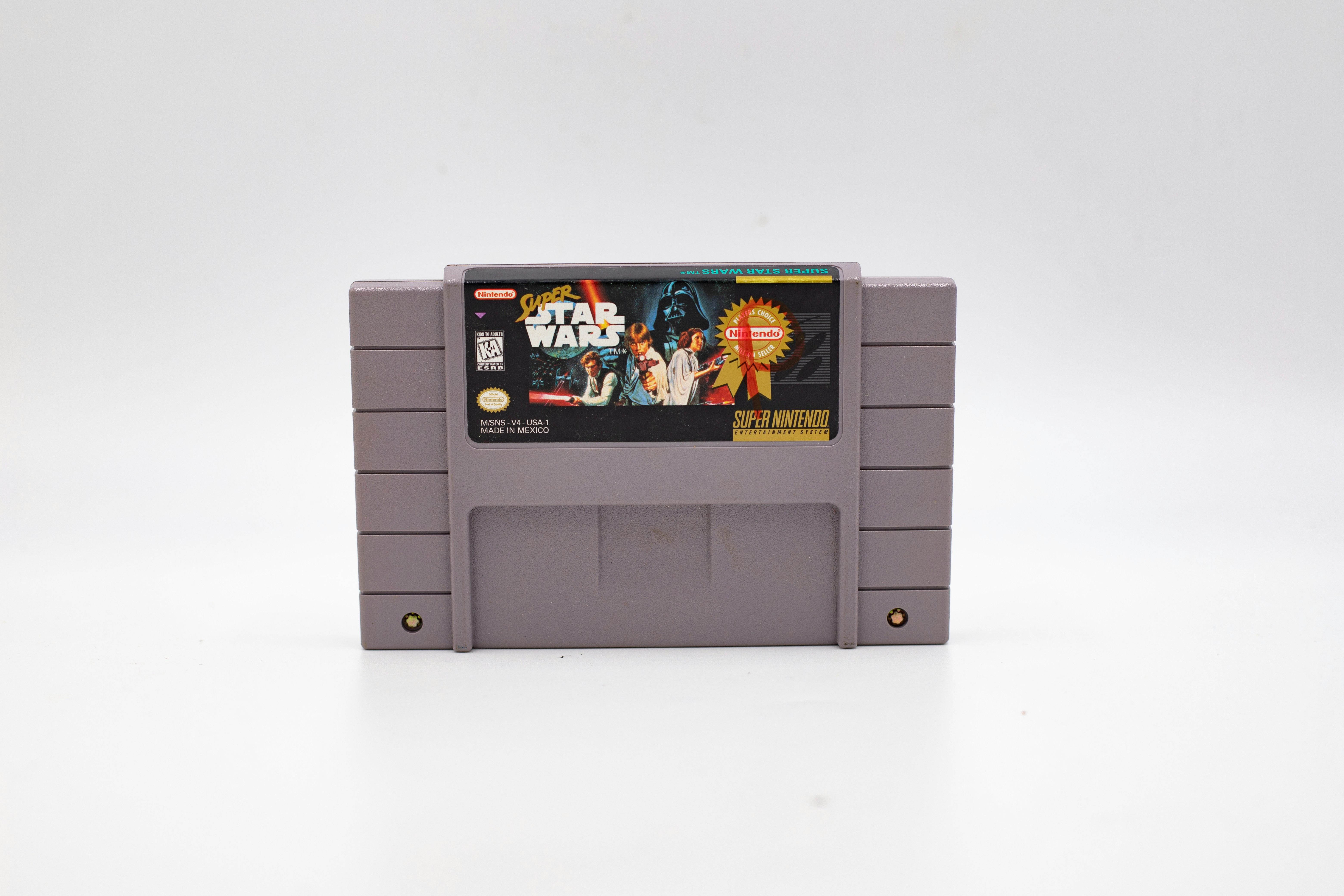


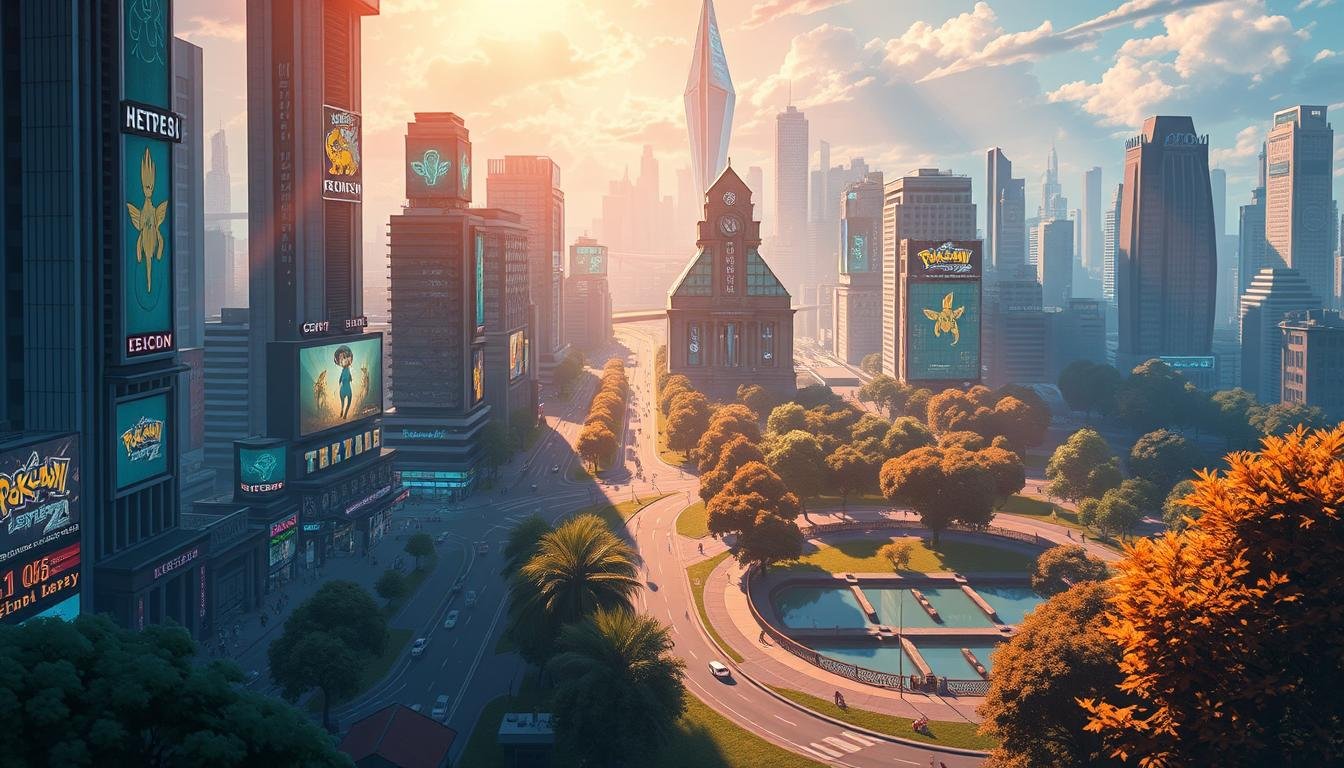

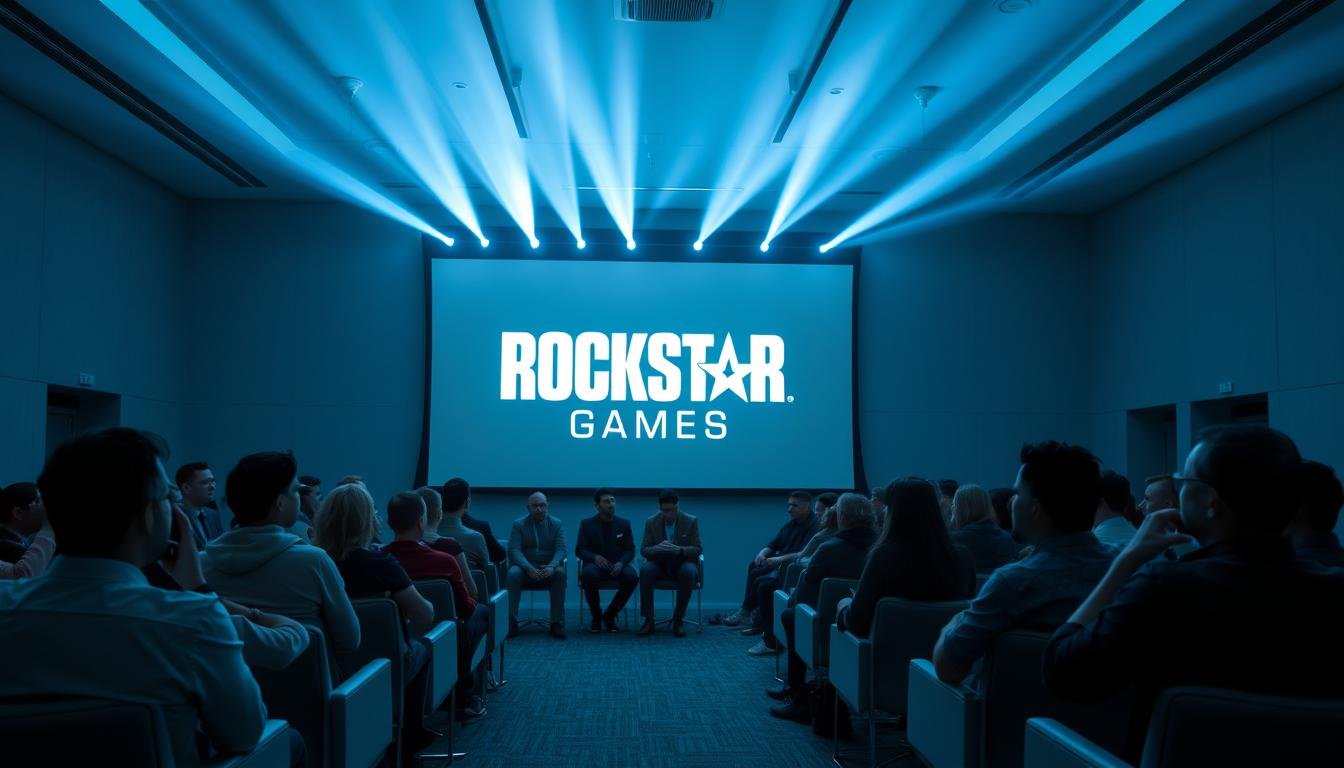
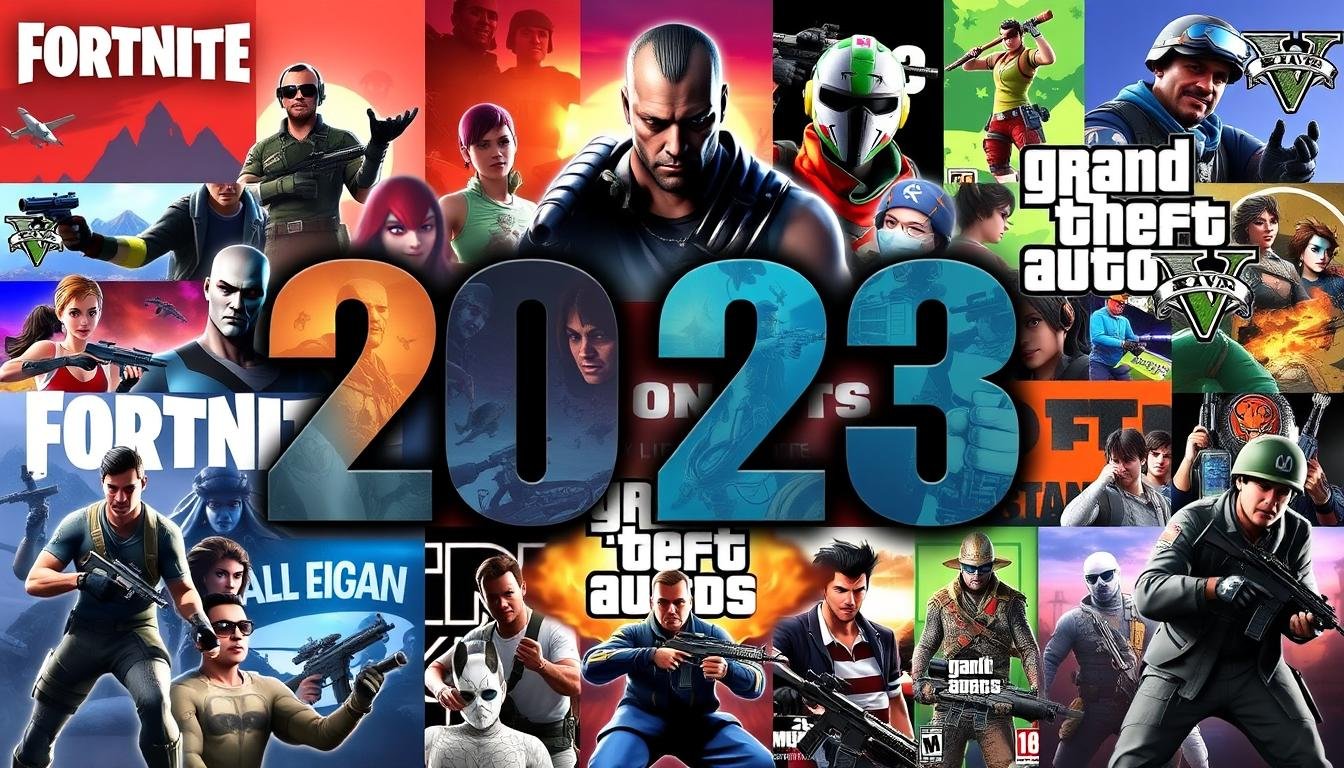

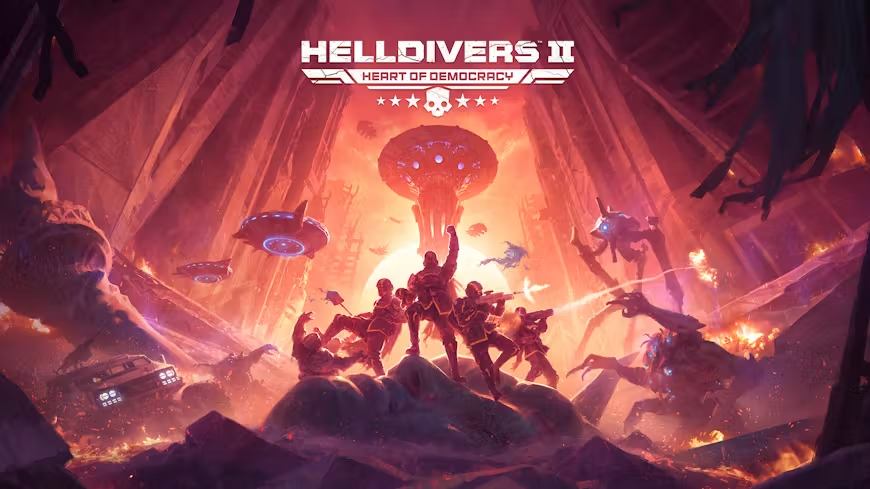
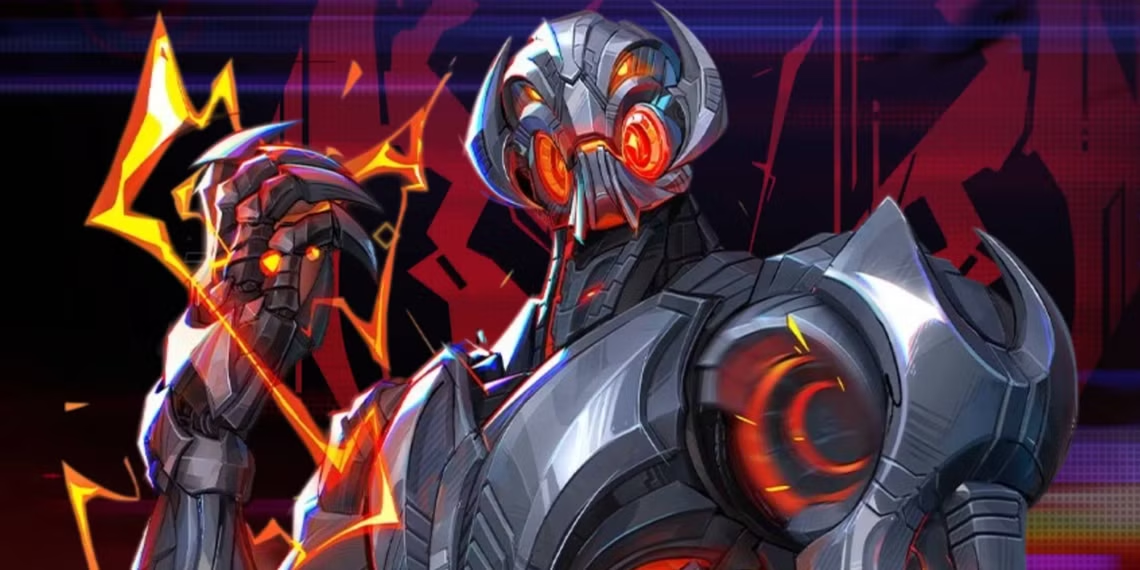

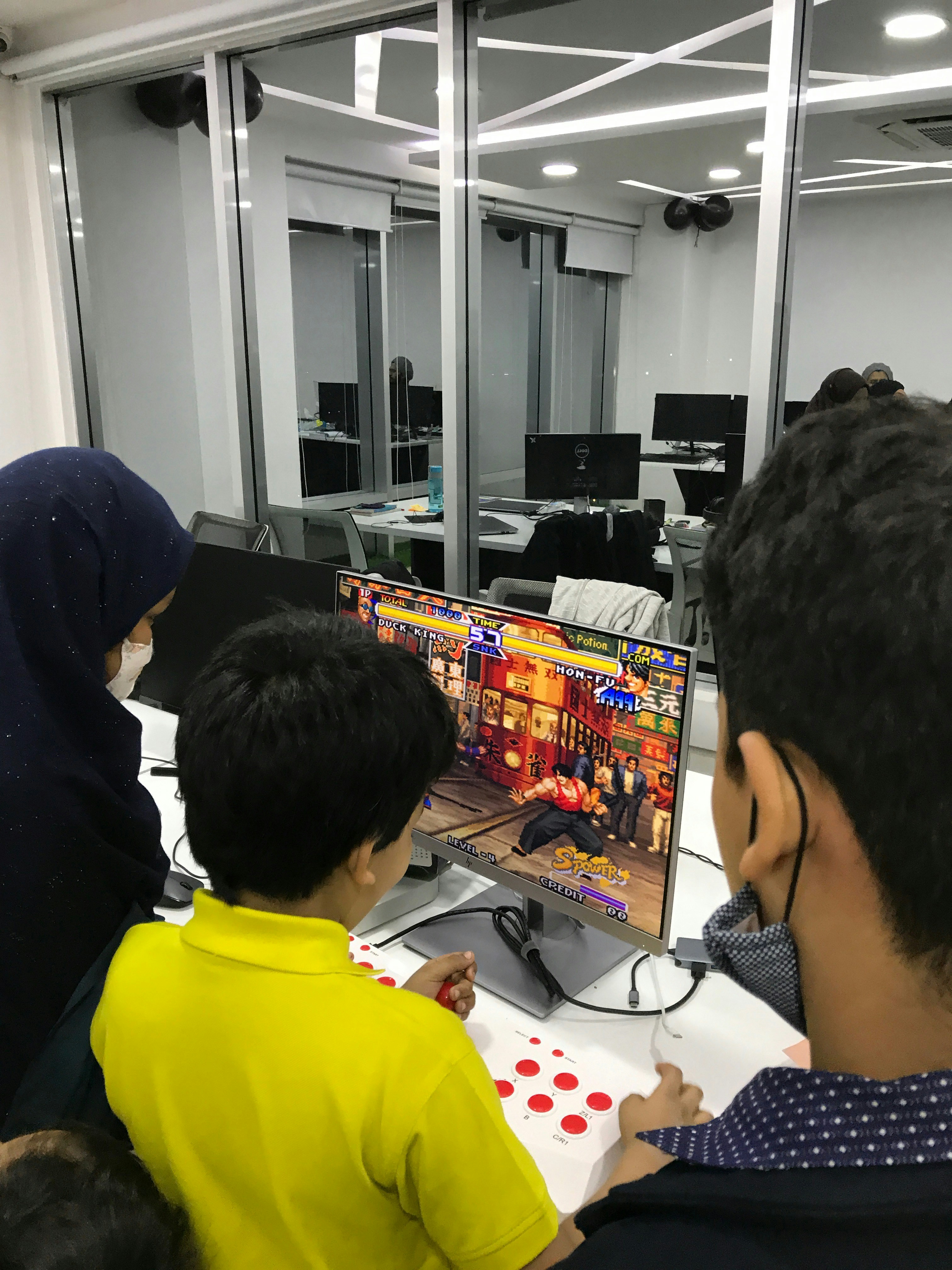
Leave a Reply